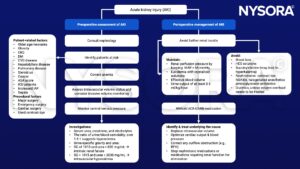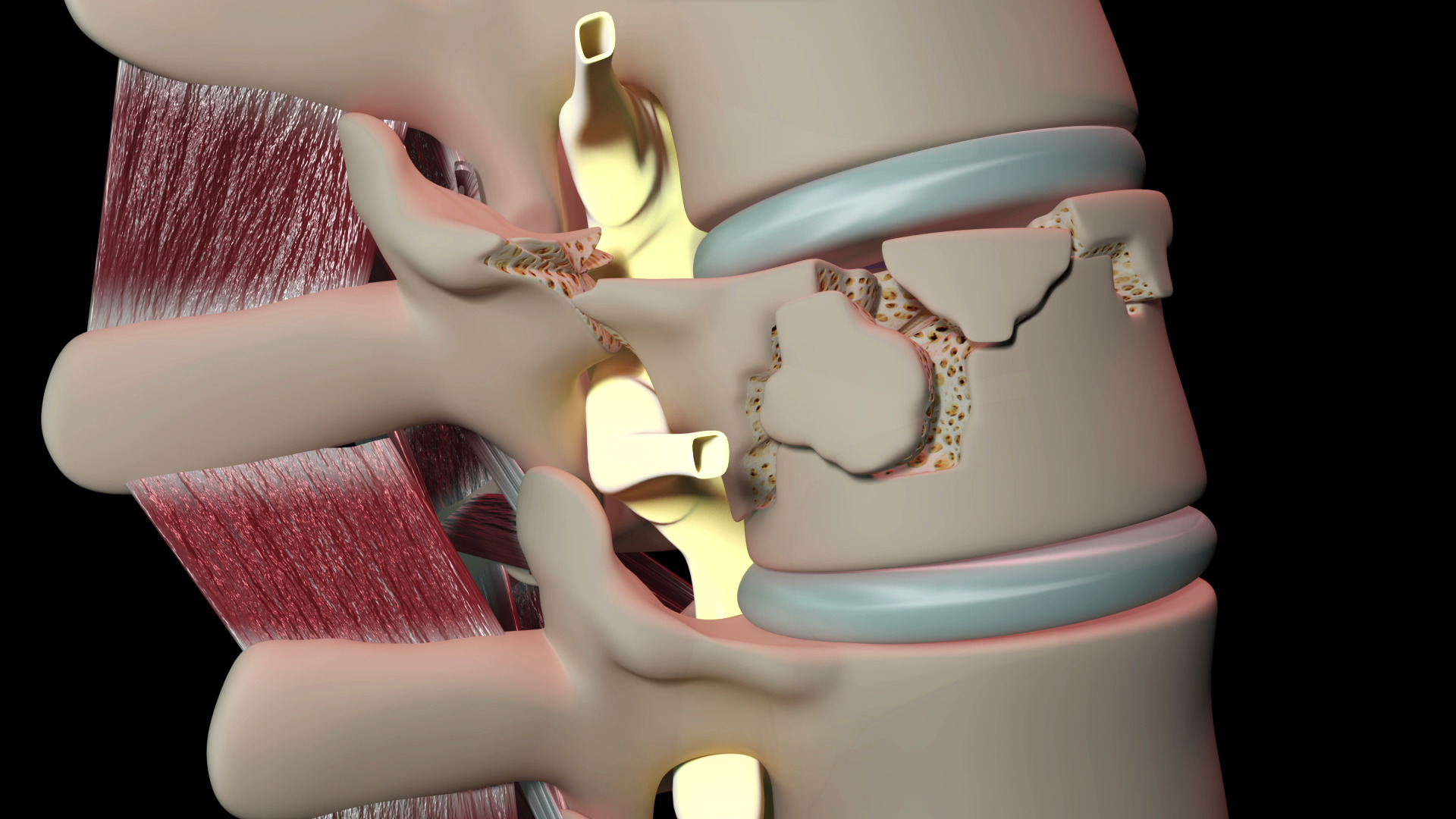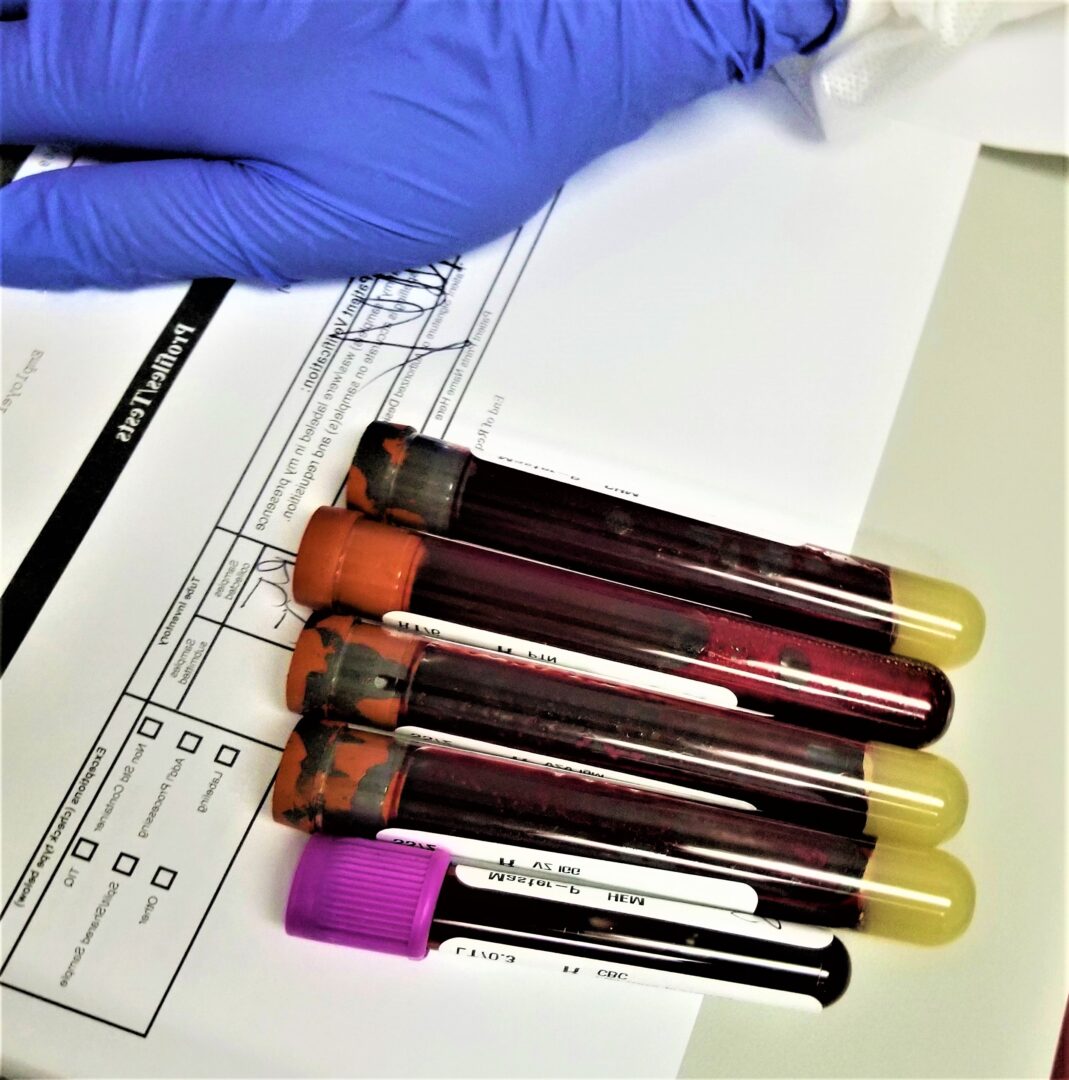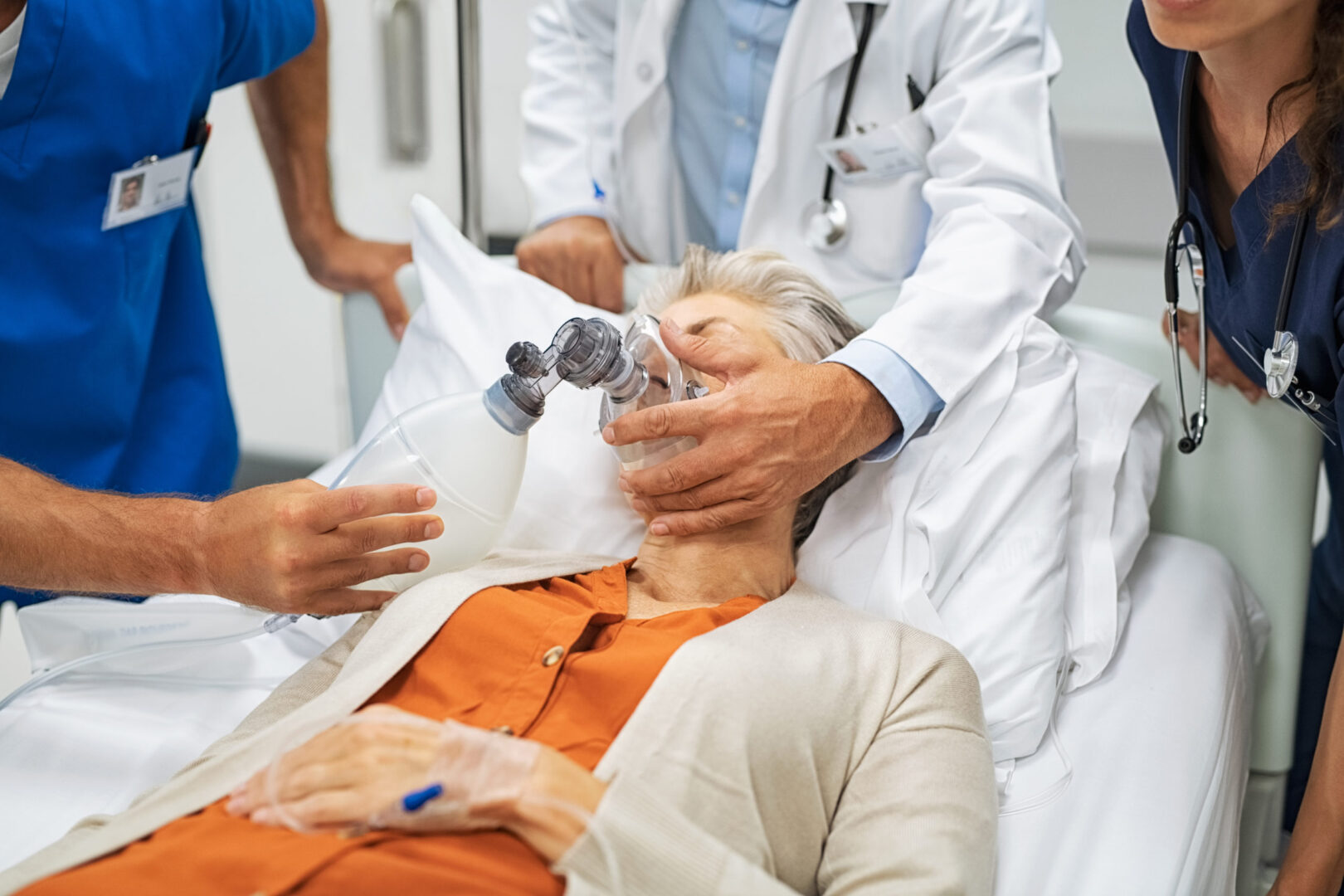Learning objectives
- Definition of acute kidney injury (AKI)
- Pre- and perioperative management of AKI
Definition and mechanisms
- AKI is an acute decline (hours to days) in renal function leading to the retention of plasma urea and creatinine
- AKI leads to dysregulation of volume status, metabolic acidosis, and electrolytes
- Perioperative AKI:
- Occurs in approximately 1% of patients undergoing general surgery
- Is associated with an increased risk of sepsis, anemia, coagulopathy, and mechanical ventilation
Signs and symptoms
- ↑ Serum creatinine concentration
- ↑ Blood urea nitrogen concentration
- Patients are not necessarily oliguric
Classification and causes of AKI
- Pre-renal – inadequate perfusion – 40%–70%
- Renal – intrinsic renal disease – 10%–50%
- Post-renal – Obstructive uropathy – 10%
| Hemodynamic 'pre-renal' | Intrinsic renal disease | Post-renal |
|---|---|---|
| Hypovolemia: Bleeding Dehydration Extravasation | Acute tubular injury: Systemic inflammation Sepsis Major surgery Prolonged or total ischemia | Obstruction: Prostatic hypertrophy Nephrolithiasis Retroperitoneal fibrosis Pelvic masses Bladder tumors |
| Vasodilatory hypotension: Sepsis | Exogenous nephrotoxins: Aminoglycosides Radiological contrast | |
| Low cardiac output states | Pigment nephropathy; Rhabdomyolysis Hemolysis including cardiopulmonary bypass | |
| Acute and chronic heart failure | Metabolic syndromes: Hypercalcemia Hyperuricaemia | |
| Locally impaired renal circulation: Medication (ACEI, A2RB, NAIDS) Renovascular disease CKD Chronic liver disease abdominal compartment syndrome | Autoimmune/inflammatory: Glomerulonephritis Vasculitis Thrombotic microangiopathies Interstitial nephritis |
Management

Keep in mind
- Patients in whom chronic diuretic therapy has caused hypo– or hyperkalemia may have:
- Potentiation of the effects of muscle relaxant
- A predisposition to cardiac arrhythmias and acute kidney injury
Suggested reading
- Gumbert SD, Kork F, Jackson ML, et al. Perioperative Acute Kidney Injury. Anesthesiology. 2020;132(1):180-204.
- Pollard BJ, Kitchen, G. Handbook of Clinical Anaesthesia. Fourth Edition. CRC Press. 2018. 978-1-4987-6289-2.
- Goren O, Matot I. Perioperative acute kidney injury. Br J Anaesth. 2015;115 Suppl 2:ii3-ii14.
- Gross JL, Prowle JR. Perioperative acute kidney injury, BJA Education, Volume 15, Issue 4, 2015, Pages 213–218.
We would love to hear from you. If you should detect any errors, email us [email protected]








